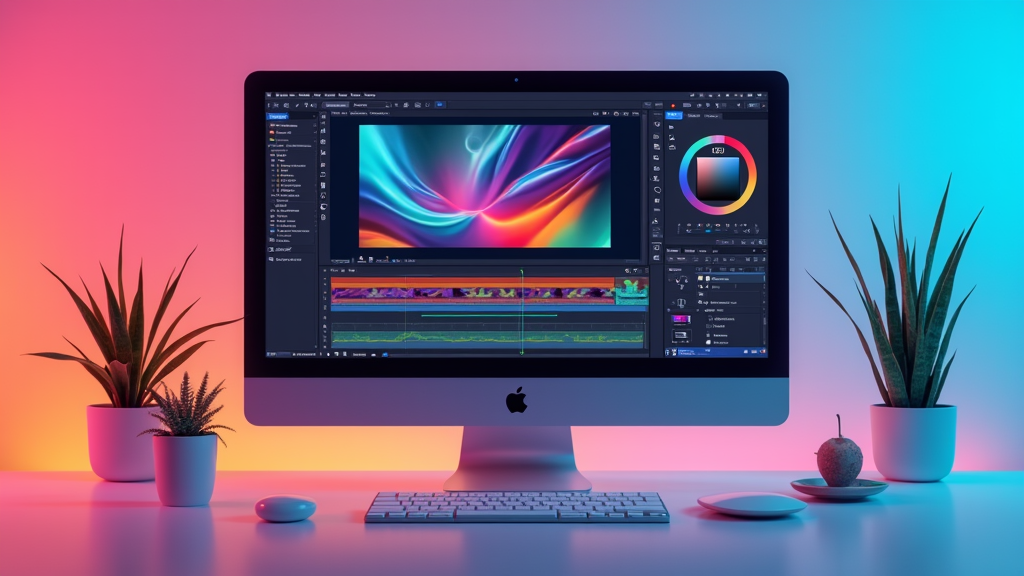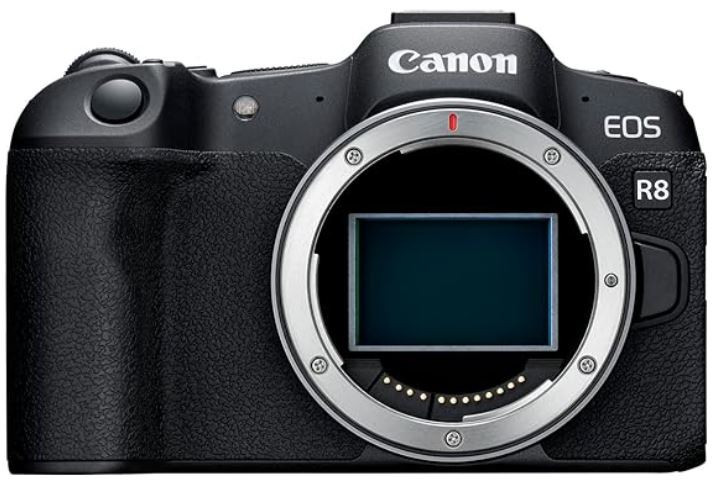Adobe Photoshop has been an editing powerhouse since its debut in 1988. Whether you’re looking to step up your family photos, design intricate artwork, or simply explore the creative world, Photoshop offers the flexibility and power to bring your visions to life. This article gives an in-depth overview of the basics, essential tools, advanced techniques, and many possibilities that await you when you jump into Photoshop. Read on to stumble upon ways to get the most out of this creative tool.
Getting Started with Photoshop
What is Adobe Photoshop?
Adobe Photoshop is a renowned software application that transformed digital imaging and creative design. Its versatile tools let users manipulate images with precision. Whether editing a photo or crafting digital art, Photoshop provides a broad set of features that work just as well for beginners as they do for pros.
Who Can Benefit from Using Photoshop?
Photoshop is ideal for amateur photographers, professional graphic designers, digital artists, and those who just enjoy creative expression. The wide array of tools is perfect for adjusting colors, adding effects, and creating composites while preserving the original image. With non-destructive editing, you can experiment freely. Beginners can begin with basic adjustments, and experienced users can explore more advanced techniques.
Is Photoshop Difficult to Learn?
At first, Photoshop might seem overwhelming with its many panels, icons, and options. However, familiarizing yourself with its workspace—like the toolbar, layers panel, and menus—helps flatten the learning curve. With steady practice and following tutorials, initial confusion turns into solid skills, and even the most daunting features become second nature.

Essential Tools and Features: Setting Creativity Free
Understanding Layers and Layer Masks
Layers form the backbone of Photoshop. They let you work on different parts of your image separately so that changes in one area do not affect the rest. Layer masks let you decide which parts of a layer are visible. This non-destructive method works well when combining images or editing specific areas without altering the original content.
Using Adjustment Layers for Color and Tone Step-Ups
Adjustment layers are very useful for making tonal corrections without permanently changing the original image. You can tweak brightness, contrast, hue, and saturation simply by adding an adjustment layer on top. This method allows you to revisit your edits at any time while keeping your process smooth and flexible.

Exploring the Toolbar and Its Essential Tools
The toolbar on the left side of the workspace houses many important tools like the Brush, Eraser, and Lasso selection. Tools such as the Pen and Clone Stamp refine your edits with precision. Mastering these basic operations builds a strong foundation for more advanced techniques later on.
Smart Objects: Keeping Your Edits Reversible
Smart Objects are a valuable feature that lets you work non-destructively. They preserve the original image data even as you scale, transform, or apply filters. This means you can experiment with effects and revert them if needed, keeping your edits flexible and your creative process smooth.
Advanced Techniques to Step Up Your Photoshop Skills
Photo Retouching and Restoration
Retouching is an area where Photoshop truly shines. In portrait photography and historical restoration, techniques like using the Clone Stamp and Healing Brush remove imperfections and revive old images. The emphasis is on subtle changes—small refinements can transform a photo without making it appear over-edited.
Mastering Color Correction and Curves
Color correction reaches beyond mere filters. Using tools like Curves and Levels, you can finely adjust exposure and contrast for a polished, professional look. This process is especially useful for balancing colors in composite images or creating a specific mood in your design.

Working with Blending Modes and Filters for Creative Effects
Blending modes control how layers interact with one another. Experimenting with different modes can lead to striking outcomes, such as double exposures or dream-like compositions. In addition, Photoshop offers an assortment of filters that can transform a simple image into captivating artwork.
Automating Tasks with Photoshop Actions
Photoshop Actions offer an efficient way to automate repetitive tasks. Whether processing multiple photos or applying a series of effects with a single click, these actions streamline your workflow. Creating custom actions saves time and ensures consistency across projects.
Photoshop Across Different Fields: Tailoring Creativity
Photography
For many photographers, Photoshop is the essential tool for fine-tuning images. Whether fixing exposure issues or retouching portraits, the software is indispensable when it comes to delivering high-quality work. Its support for RAW image editing retains critical details and refines the image to perfection.

Graphic Design and Digital Art
Graphic designers depend on Photoshop to create everything from marketing materials to intricate digital illustrations. With a multitude of brushes, textures, and effects, it encourages extensive creative expression. The ability to work with layers and vectors makes Photoshop a flexible choice for varied design projects.
Web Design and Interface Prototyping
When designing virtual spaces, Photoshop offers tools for creating website layouts, buttons, and user interfaces. The precision of its selection tools, smart guides, and grids makes it easier to produce designs that translate well into the digital environment.
Digital Illustration and Mixed Media
Many artists mix traditional and digital techniques in Photoshop. By combining scanned sketches with digital painting, creators bring together the best of both worlds. This versatility nurtures an environment where creative experimentation is welcomed and diverse visions can flourish.
Exporting, Saving, and Workflow Best Practices
Choosing the Right File Formats
Understanding file formats is a very important part of the editing process. Photoshop supports many formats—from PSD for layered work to JPEG and PNG for web needs. Picking the right format ensures your work is preserved at the best quality while serving its intended purpose.
Optimizing Your Workflow
Efficiency in Photoshop comes from setting up a workspace that suits your needs. Customizing toolbars, using keyboard shortcuts, and automating tasks with actions or scripts can all speed up your work. These practices allow you to focus more on creativity and less on repetitive tasks.

Backing Up Your Projects
Regularly saving your work, using multiple file formats, and backing up projects on external drives or cloud storage is a smart practice. Version control on large projects can help you track changes and avoid losing valuable work.
Learning Resources & Community Support
Where to Find Helpful Tutorials
The internet abounds with tutorials to help you deepen your Photoshop skills. Websites such as Adobe’s help center and independent tutorial blogs offer step-by-step guides on various techniques. Whether you are just starting out or are already a pro, there’s always something new to learn.
Joining Photoshop Communities
Online forums, social media groups, and dedicated platforms host a vibrant community of Photoshop users. Sharing your work, asking for advice, and discussing techniques with others can accelerate your learning. These communities offer hidden tips and valuable feedback.
Books and Online Courses
Books on Photoshop, from beginner guides to advanced compendiums, provide structured learning and in-depth looks at complex topics. Online courses offer video tutorials that let you work at your own pace, often with practical exercises to build your skills.
Staying Updated with Industry Trends
Photoshop regularly updates its features. Following Adobe’s news, subscribing to creative blogs, and taking part in webinars are good ways to keep up with new tools and trends. Staying informed helps you make the most of what the software has to offer.

Questions? We’re Here to Help!
If you have questions about using Photoshop or need extra support while finding your creative groove, consider checking in on Adobe’s official support forums or community discussion boards. A quick search often brings up the answers you need. Remember, every creative professional started somewhere, and curiosity leads to mastery.
For more information, explore Adobe’s all-in-one documentation and online communities where tips and advice flow freely. Taking the time to learn and experiment will not only improve your skills but also open up new avenues of creative expression.





This is a fantastic guide for anyone looking to master Adobe Photoshop! The breakdown of essential tools, advanced techniques, and workflow tips makes it easy to understand both the basics and the more complex features. One thing that stands out is the emphasis on non-destructive editing, which is crucial for anyone serious about refining their work while maintaining flexibility.
A question for discussion: With AI-powered tools like Adobe Sensei now integrated into Photoshop, how do you think automation and AI-driven features are impacting traditional editing skills? Are these advancements making Photoshop more accessible, or do they risk replacing manual creativity?
Glad you found the guide helpful! Non-destructive editing is great for keeping flexibility in your work. AI tools like Adobe Sensei definitely make Photoshop more accessible, but I think they enhance rather than replace creativity. Automation helps speed things up, but the human touch still makes an edit stand out. What’s your take?